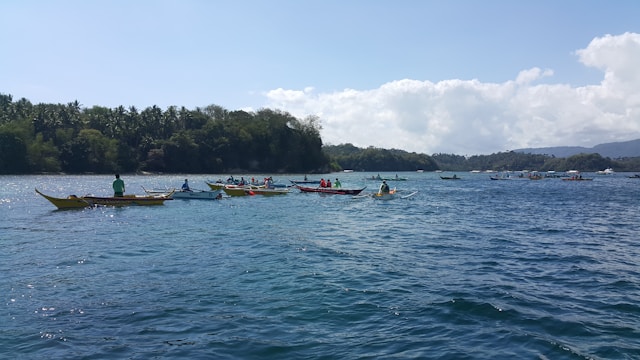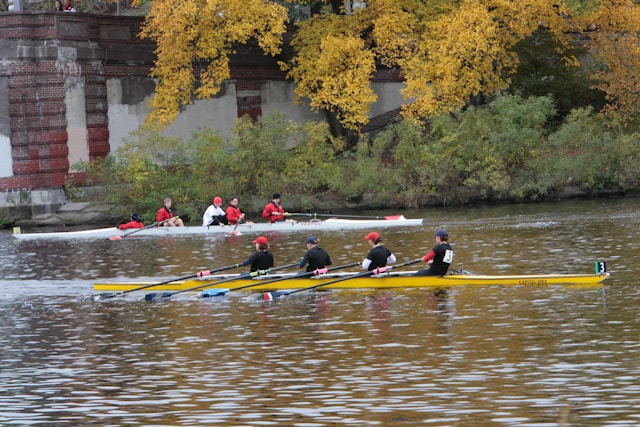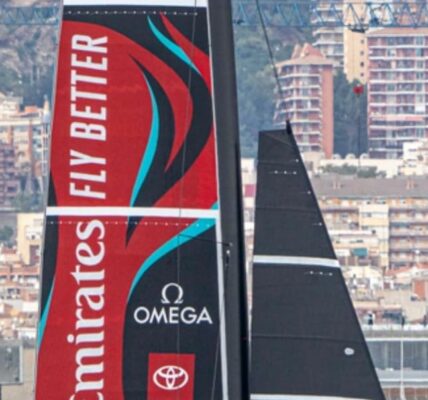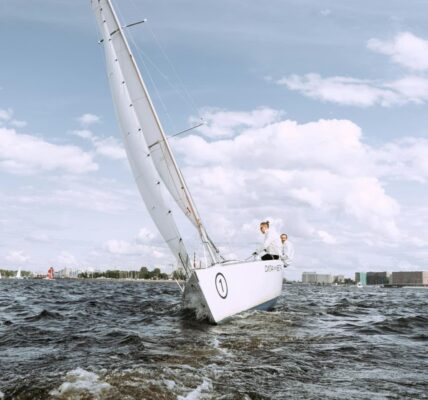Embarking on your first boat race is an exciting and challenging endeavor. Whether you’re drawn to the thrill of competition, the beauty of the water, or the camaraderie of the sport, boat racing offers a unique and rewarding experience. This guide will walk you through everything you need to know to prepare for your first race, from choosing the right equipment and developing a training regimen to understanding race day protocols and mental preparation.
1. Choosing the Right Equipment
Boats and Paddles Selecting the right boat and paddle is crucial for your performance. For beginners, stability is key. Look for a boat designed for novices, which typically has a wider hull for better balance. As you gain experience, you can transition to a narrower, faster boat.
Paddles come in various materials, shapes, and sizes. Carbon fiber paddles are lightweight and stiff, providing better power transfer but at a higher cost. Fiberglass and plastic paddles are more affordable and durable, though slightly heavier. Ensure your paddle length matches your height and paddling style.
Safety Gear Safety should always be a priority. A well-fitted personal flotation device (PFD) is essential, even if you’re a strong swimmer. Additionally, consider investing in a helmet, especially if you plan to race in rough waters. Sunscreen, a hat, and polarized sunglasses can protect you from sun exposure and glare.
2. Developing a Training Regimen
Cardiovascular Fitness Boat racing demands high levels of cardiovascular endurance. Incorporate aerobic exercises such as running, cycling, or swimming into your routine. Aim for at least 150 minutes of moderate-intensity or 75 minutes of high-intensity cardio each week.
Strength Training Upper body strength is crucial for effective paddling. Focus on exercises that target the shoulders, back, arms, and core. Incorporate weightlifting, resistance bands, and bodyweight exercises like push-ups, pull-ups, and planks into your regimen. Don’t neglect your lower body; strong legs contribute to overall stability and power.
Technique Practice Join a local boat racing club or find a coach to help you refine your technique. Practicing in the water is vital for improving your stroke efficiency, balance, and coordination. Focus on maintaining proper form, as good technique can significantly enhance your performance and reduce the risk of injury.
3. Nutrition and Hydration
Balanced Diet Fueling your body with the right nutrients is essential for peak performance. Eat a balanced diet rich in carbohydrates, proteins, and healthy fats. Carbohydrates provide the primary energy source, while proteins aid in muscle recovery and growth. Include plenty of fruits, vegetables, and whole grains in your meals.
Hydration Staying hydrated is critical, especially during intense training and on race day. Drink water consistently throughout the day and consider electrolyte-replenishing drinks during longer training sessions. Avoid excessive caffeine and alcohol, as they can dehydrate you.
4. Mental Preparation
Goal Setting Set realistic and achievable goals for your first race. Focus on personal improvement rather than solely on winning. Establish short-term and long-term goals to keep yourself motivated and track your progress.
Visualization Mental imagery can enhance performance. Visualize yourself paddling smoothly, maintaining proper form, and crossing the finish line. This technique can build confidence and reduce pre-race anxiety.
Relaxation Techniques Incorporate relaxation techniques such as deep breathing, meditation, or yoga into your routine. These practices can help manage stress and improve focus, contributing to better performance on race day.
5. Race Day Strategies
Pre-Race Routine Develop a pre-race routine that includes a light warm-up, stretching, and mental preparation. Arrive at the race venue early to familiarize yourself with the course and conditions.
Pacing and Strategy Start at a steady pace to conserve energy. As you become more comfortable, you can gradually increase your speed. Pay attention to your surroundings and adjust your strategy based on the race dynamics and other competitors.
Post-Race Recovery After crossing the finish line, focus on recovery. Rehydrate, refuel with a balanced meal, and engage in light stretching to prevent muscle stiffness. Reflect on your performance and identify areas for improvement in future races.
6. Joining the Community
Find a Club Joining a local boat racing club can provide valuable support and resources. You’ll have access to experienced paddlers, training partners, and organized events. Being part of a community can enhance your enjoyment and commitment to the sport.
Volunteer and Participate Get involved in the boat racing community by volunteering at events or participating in local races. This involvement can deepen your understanding of the sport and foster connections with fellow enthusiasts.
Conclusion
Preparing for your first boat race involves more than just physical training. It requires careful planning, mental preparation, and a commitment to safety. By following this ultimate guide, you’ll be well-equipped to tackle your first race with confidence and excitement. Embrace the journey, enjoy the experience, and remember that every race is an opportunity to learn and grow as a boat racer.
See you on the water!



